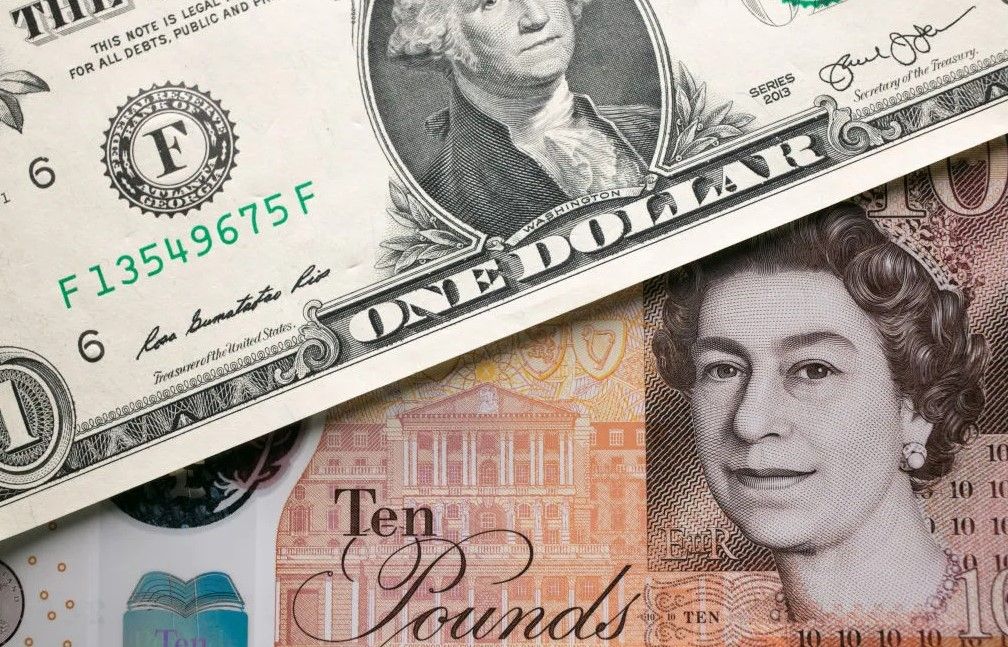FXOpen

Last week the Euro started on a strong note. From early trading last Monday, it gained across the FX dashboard and did not look back. The EURUSD, EURGBP, EURJPY, EURAUD – they all moved higher.
After all, last week was the European Central Bank (ECB) meeting, and the Euro outperformed since the June 2020 meeting. Did investors prepare for a new rally?
Probably so, but the focus was not on the ECB monetary policy decision. In fact, both the decision and the press conference turned out to be fully priced in, as they did not bring anything new to the trading table. Instead, investors eyed the all-important EU summit that was about to start last Friday.
No Deal on the EU Summit
One of the reasons why the Euro traded with a bid tone since the coronavirus outbreak was the response seen from the European Union. For the first time, the EU members signaled unity, a common front, and the willingness to issue joint debt under the EU name.
The markets took the news with enthusiasm and the Euro gain across the board. For instance, the EURUSD pair moved from 1.07 to 1.14 in the aftermath of the announcement. Some voices even call for the EURUSD to reach 1.25-1.30, considering the direct correlation between inflation and the EURUSD exchange rate.
However, if there is one thing in trading, everyone should know is that correlations work until they do not anymore. Their life is limited due to the changing nature of the economic inputs. In other words, it may have been true in the past that inflation was the main driver in the EURUSD exchange rate, but since the coronavirus pandemic, the inputs have changed.
Nowadays, the fiscal stimulus seen in Europe and other parts of the world has a tremendous impact on the exchange rates – something that simply did not exist in the past. Hence, new inputs arrive on a daily basis, with direct implications on the market.
As it turned out, the EU summit failed to come to an agreement. The debate was about how much of the recovery funds to be grants and how much loans. The Northern states favored loans; the Southern ones favored grants – the eternal North vs. South European saga.
The European leaders did not find a solution after three full days of discussions. If anything, this is not a good sign for the markets, reflecting a European Union that cannot put its house in order.
For investors to believe in the Euro, on the long run, the leaders must show more than what they did this weekend. Unity, solidarity, sharing, is the way forward – not arguments, long-talks, and wasted time.
Unless there is no united Europe, the Euro will only be sold on rallies.
This article represents the opinion of the Companies operating under the FXOpen brand only. It is not to be construed as an offer, solicitation, or recommendation with respect to products and services provided by the Companies operating under the FXOpen brand, nor is it to be considered financial advice.






